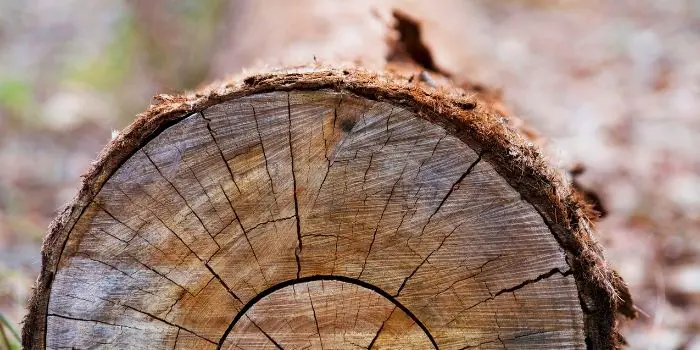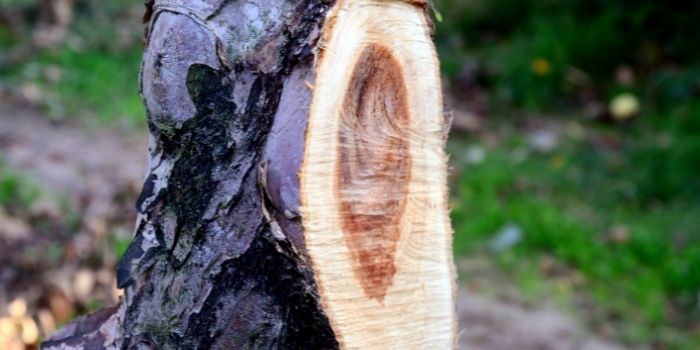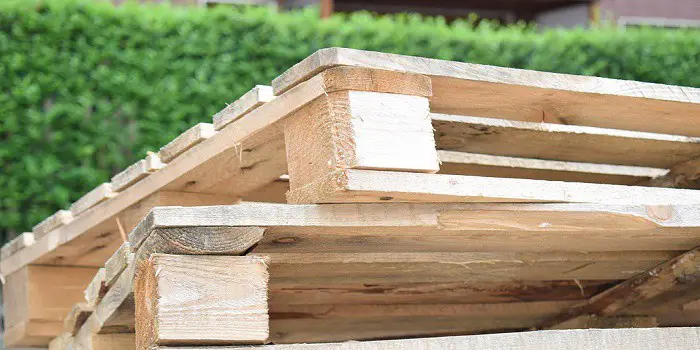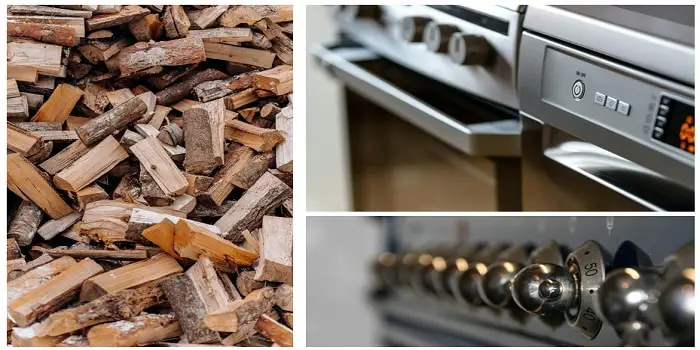
Wood is made up of several different substances that, contrary to popular belief, are not bonded to each other. However, it is crucial to understand what a pure substance is in comparison to wood.
In today’s important article, we will look at whether wood is considered a mixture or a pure substance. Hopefully, by the end of the article, you will know why this debate is essential, along with all the answers to your questions.
Is Wood a Pure Substance?
A pure substance is a material that only has one element.
For example, pure gold (oxygen, copper, etc.) means that no other elements, not even pollutants, can be found within the substance.
A pure substance can be a combination of elements as long as the elements are the same and held by a chemical bond. Carbon dioxide, for example, is a compound, but it is also a pure substance.
A mixture, according to chemistry, is a material composed of two or more substances that are not combined chemically. These can either be compounds or chemical elements.
Wood is not a pure substance because it consists of both living and dead cells that are not bonded chemically. The fibers consist of cellulose, while the lignin holds the fibers in one place. Plus, it is porous and fibrous.
Add to this, the tree’s structure will contain substances such as water, sap, and other chemicals or minerals absorbed from the ground.
Even after the tree has been cut down and loses its water, the wood will retain what it has absorbed.
This means a wood piece and even a tree is not pure substance since it contains many different elements.
So, Is It a Composite Material?
Yes, wood is a composite material since it comprises multiple substances (like cellulose fibers) that are not chemically bonded.
This means it does not require a chemical reaction to break the chemical bonds of the wood.
Of course, wood does not look like a mixture, mainly because the different elements it contains are pretty small.
Many of which are too small for the eye to correctly see.

Is Wood a Heterogeneous or Homogeneous Mixture?
Now that we know that wood is a mixture and not pure, there’s an important question: What kind of mixture is wood?
A homogeneous mixture means that the elements are consistent throughout the substance.
What mixture you find in one area will be the same in other areas. Wood is not that type of mixture.
The bottom line is – wood is a heterogeneous mixture that is chemically consistent, which means that if you take pieces of wood from different parts of the tree, there would be some differences.
Because it is not chemically consistent through the material, wood is considered a heterogeneous mixture.
Inside a living tree, there may be areas that contain more sap. Other areas may contain more water. The density of the wood varies depending on its location.
The inconsistency of wood as a mixture is mainly due to the environment in which it grows. This means identical trees that grow in different parts of the world will have variations in their mineral, water, or chemical content.
Final Thoughts
Wood is anything but a pure substance. It combines different materials or elements that make up the tree.
And because wood is a heterogeneous mixture, it means that where you pull the material from in the tree will be different compared to other areas.
For example, this may be important if you are looking for greater density.
Plus, if you want to avoid an exceptionally porous area or one that has been contaminated with a more significant number of pollutants.

Hi, I am Mark Garner a professional carpenter, woodworker, and DIY painter. I live in the small city of Peoria, Arizona as a semi-retired woodworker. I have started this blog with a simple motive to help you with my wood experience in this sector. If you like to know more about what I love doing and how it all got started, you can check more about me here.




